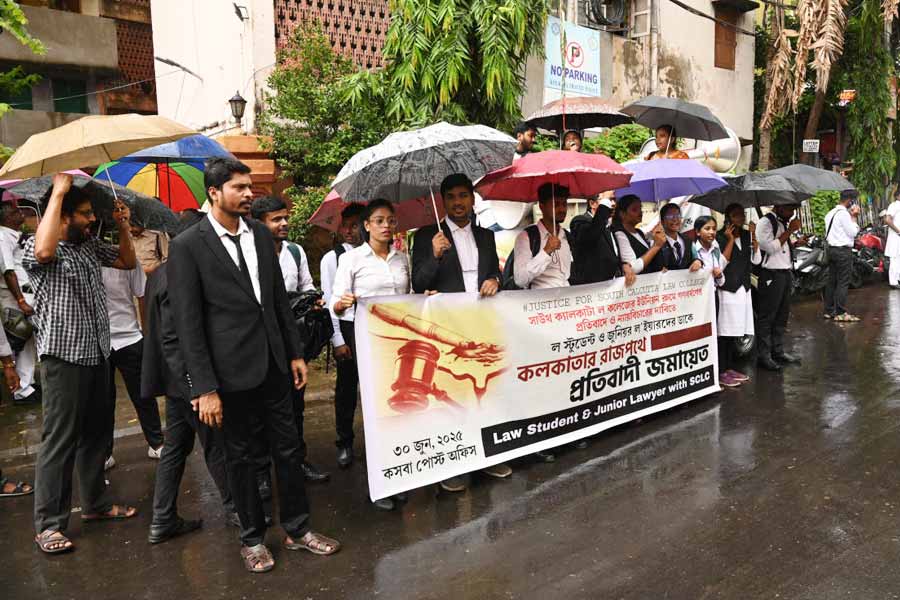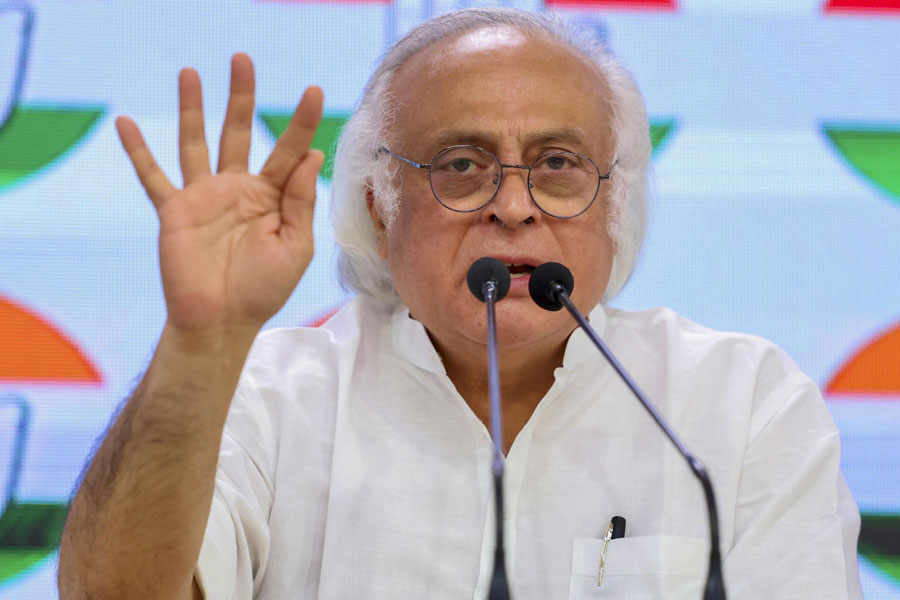Almost on the day he became finance minister in 2004, P. Chidambaram appointed the Percy Mistry Committee. It submitted its report a year ago. It is a report with a vision — the vision of creating an efficient financial industry. It made focussed, specific recommendations, and listed what benefits each would bring. Now comes another report which is so close in spirit to the Percy Mistry Committee’s that it looks like a second edition. Except that this one comes from a committee which was appointed by Montek Singh Ahluwalia, and headed by Raghuram Rajan, another Indian who has done well in foreign climes. This could reflect a lack of communication; but that is not likely since the first report was already in the public domain when the second committee was appointed. It cannot be due to rivalry. Although both Mr Chidambaram and Mr Ahluwalia are high-fliers, it is difficult to imagine that Mr Ahluwalia appointed the Rajan Committee to outdo the Mistry Committee.
The only possible explanation is hunger for expertise. Incredible as it may seem, the government is concerned about the financial sector, and is on the lookout for ideas on what to do with it. Mr Rajan is professor of finance in Chicago. He is a frequent visitor to India. He was the International Monetary Fund’s director of research. So it is not surprising that the vice-chairman of the Planning Commission asked him to head a committee. There is not much difference in the outlooks of the two committees; their reports supplement each other. There is no harm in garnering good advice. But nothing moved after the report of the Mistry Committee; people will wonder whether anything will after this report. The biggest obstacle to the reform of the financial sector is government-owned banks, which manage over three-quarters of all deposits and loans. They are fragmented, overmanned, and bureaucratically managed; they are incapable of facing competition. It may be thought that competition could be introduced in the rest of the financial sector. But the trend all over the world is towards integration of various segments. Segmentation is seen not to work for two reasons. First, risks spread across sectors through contagion; if banks are weak, they will get into trouble even if a crisis originates in some other sector. And second, banks have the greatest reach; the common man and the remote villager will not get good financial service except through banks.
It is in this area that the Rajan Committee has its most important contribution to make. It notes the failure of previous approaches — regional rural banks, cooperative banks, and rural branches of mainstream banks — and proposes the licensing of private banks under compulsion of serving rural areas. But they too will bring more competition for the government’s darling banks. If it still lets them in, that will be boldness bordering on bravery.











